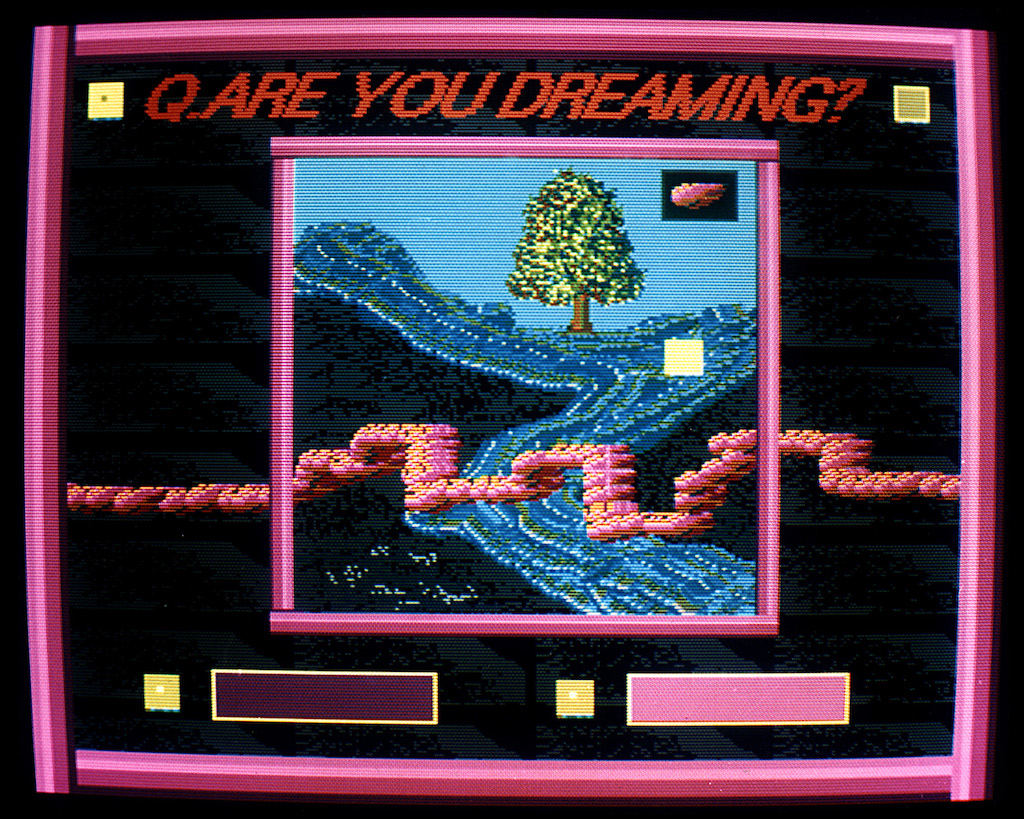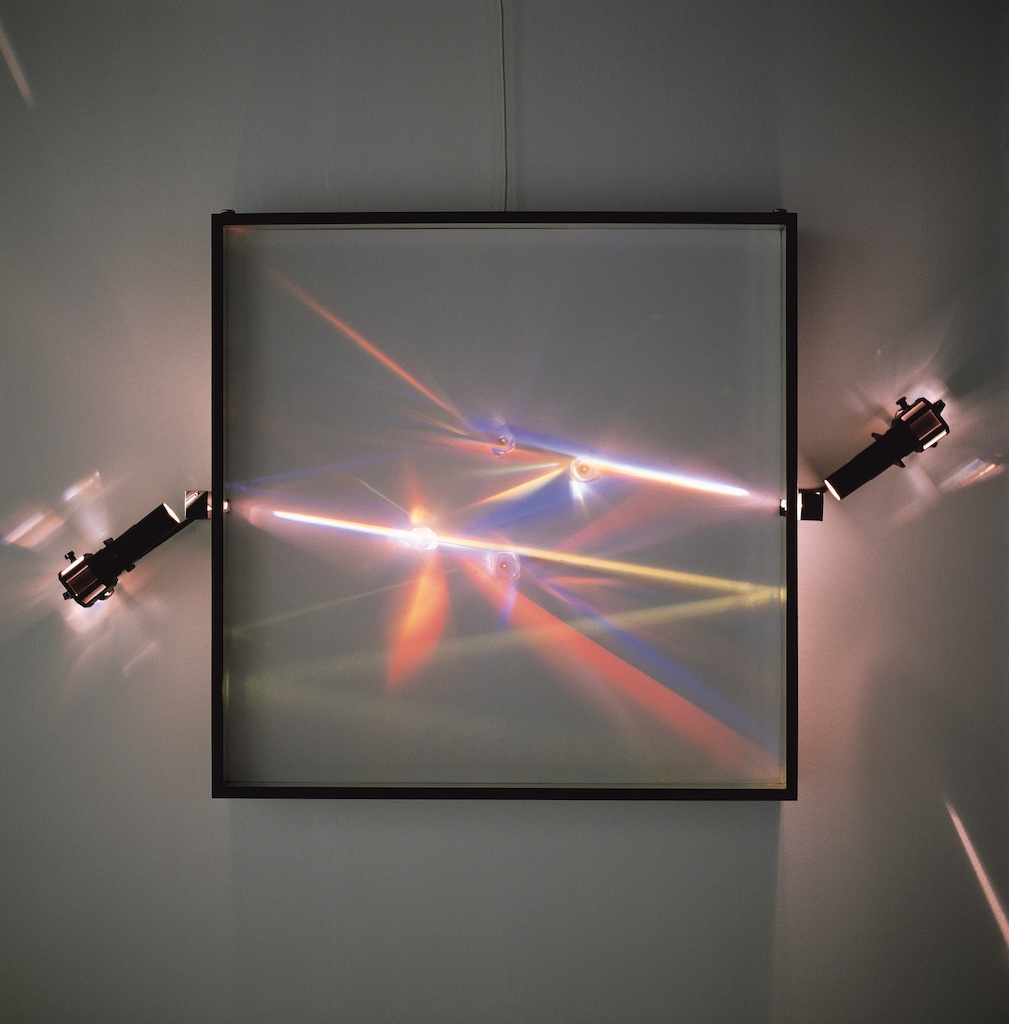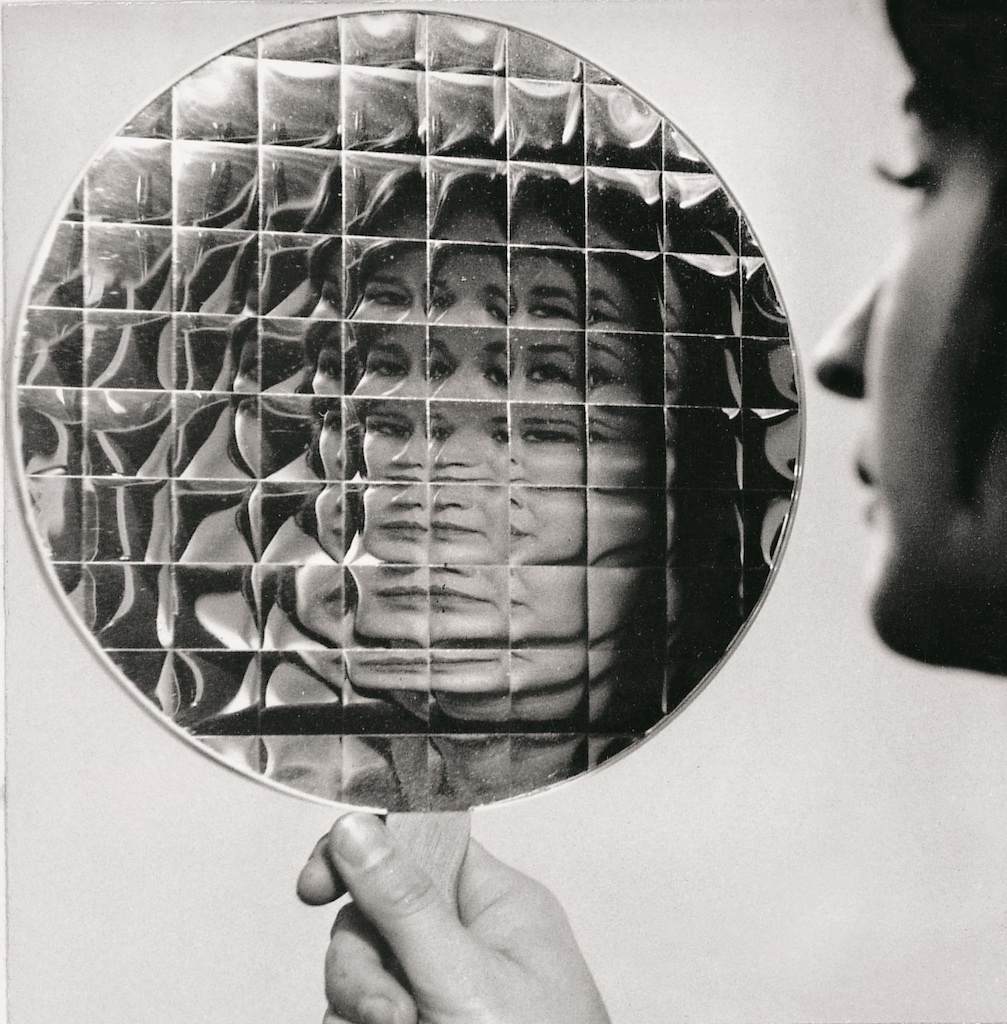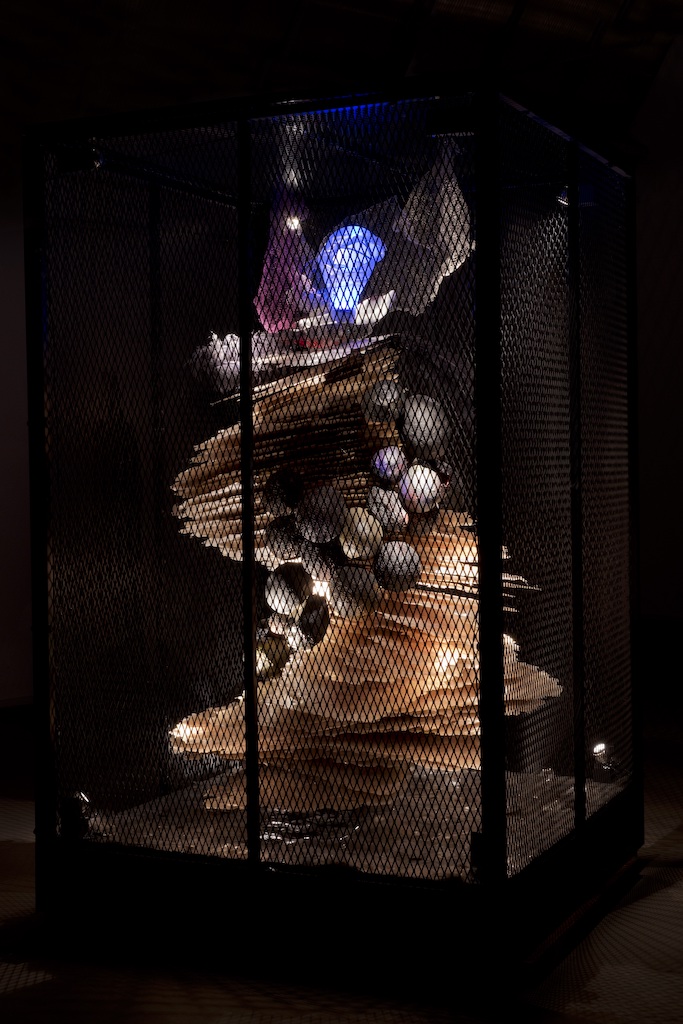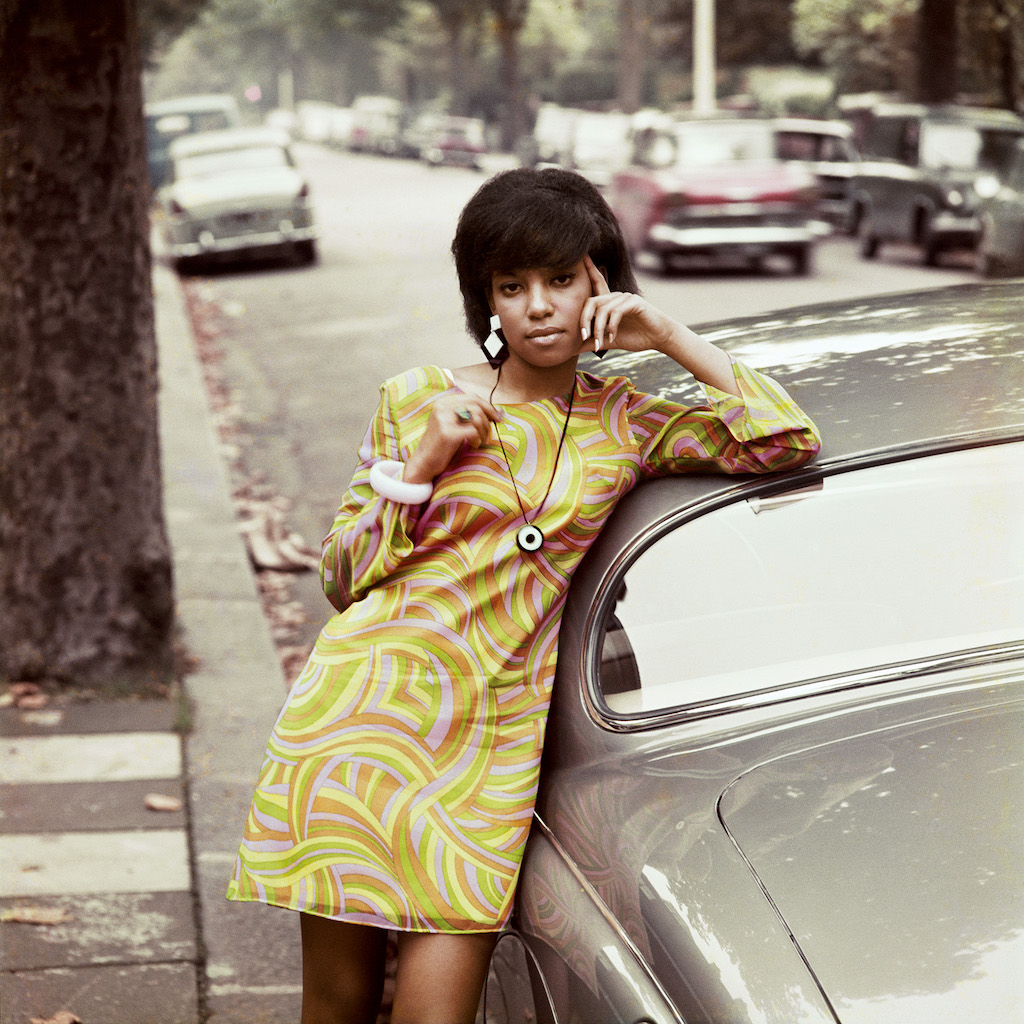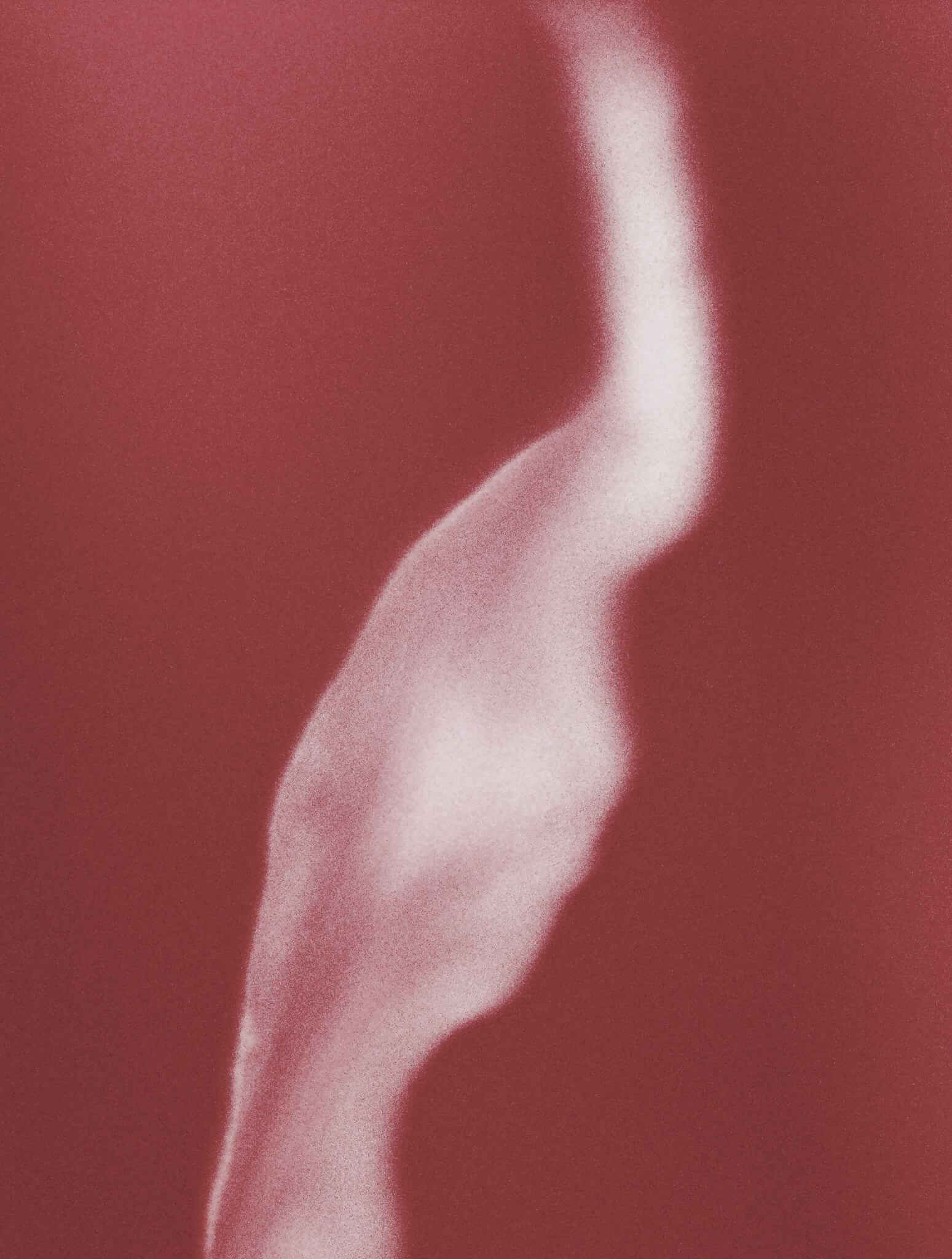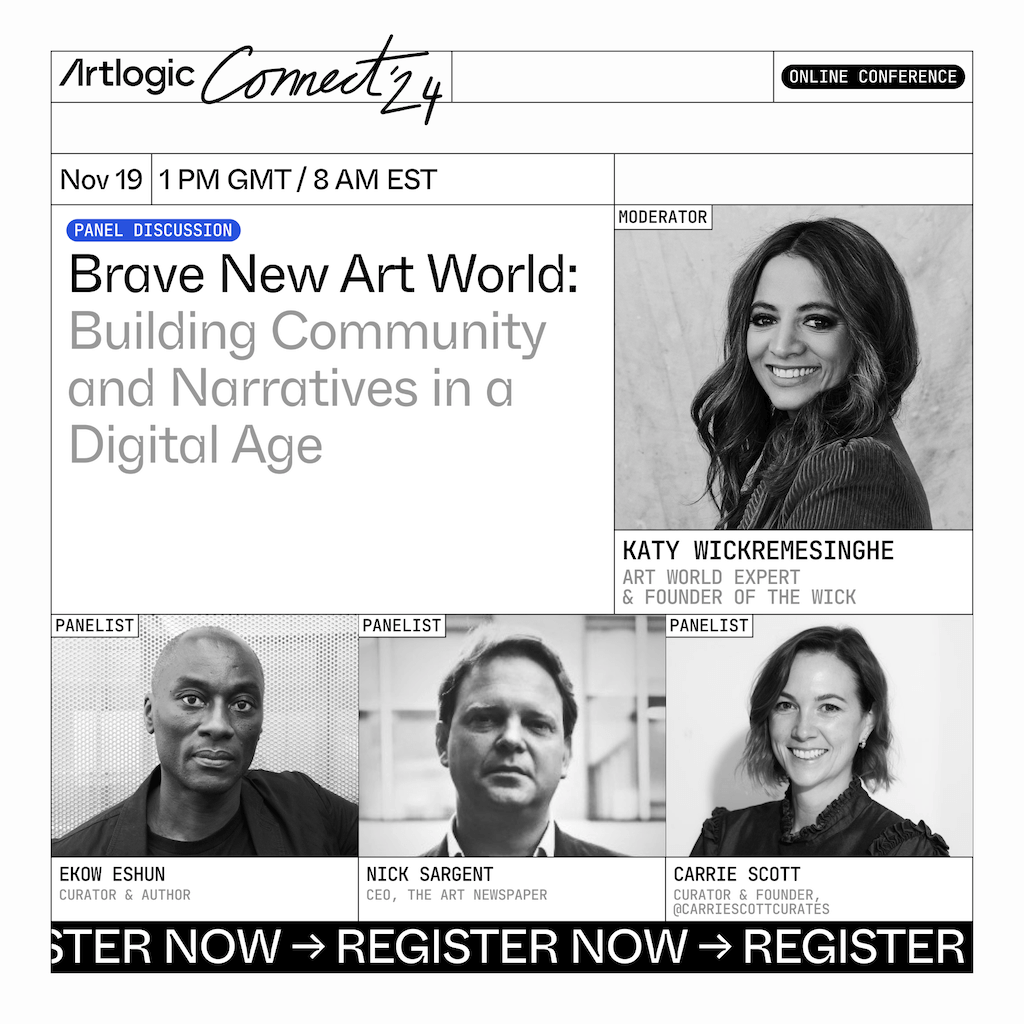Tate Modern’s newly-opened bonanza group show takes you back to a place unimaginable from where we are now: a time pre-internet. This long running survey of early era digital art moves from the psychedelic 1950s to the beginning of the internet era in the 1980s, taking you through the experiments of artists who wanted to innovate with the way we see and sense.
Tracing a trajectory through kinetic, optical and digital works, inspired by mathematical principles, and making use of new tech and industrial processes, artists this is an ambitious examination of how we got to here, and how visual language was pushing perception long before the network as we know it.
Look out for Atsuko Tanaka’s
Electric Dress, a sculpture, painting, installation and costume originally created for a performance in 1956. This wearable artwork crafted from hand-painted industrial bulbs and incandescent tubes was hot and heavy – and wearing it could have been fatal in the event of a short circuit. The Zero Group’s founder Otto Piene’s Light Room (Jena) is another unmissable work, a key piece in understanding artistic approaches to technology of the time. The installation comprises five light-emitting sculptures, each fitted with motors, synchronised to perform a theatrical light play or ‘ballet’.
